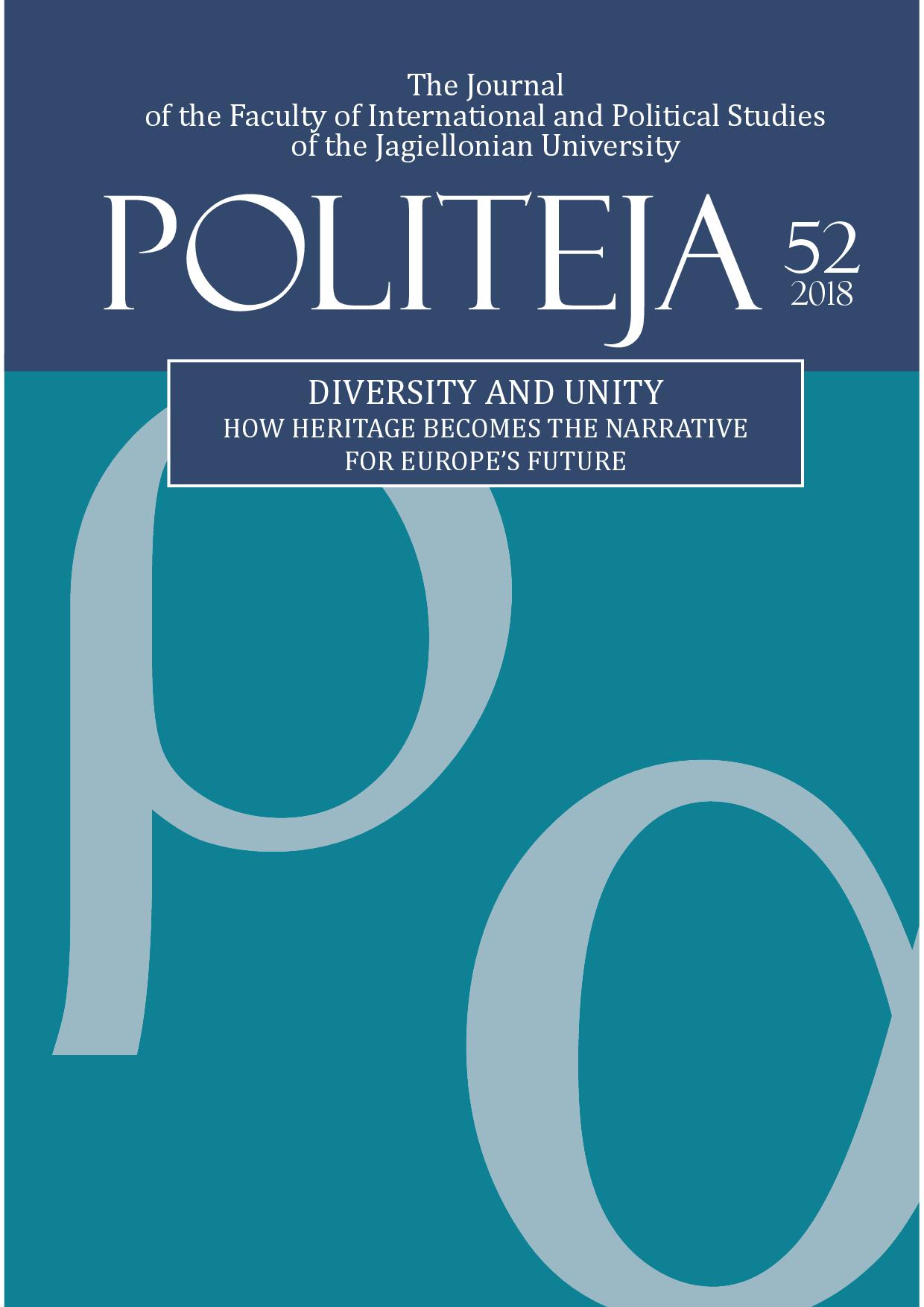What is missing and who misses it?
What is missing and who misses it?
The hidden heritage of modernity at open-air museums in Sweden and Poland
Author(s): Łukasz BukowieckiSubject(s): Cultural history, Sociology of Culture, Sociology of Art
Published by: KSIĘGARNIA AKADEMICKA Sp. z o.o.
Keywords: heritage; modernity; nostalgia; open-air museum
Summary/Abstract: The idea of a permanent public exhibition of translocated pieces of pre-modern folk architecture with their equipment and surroundings emerged fully implemented for the first time on 11 October 1891, when Arthur Hazelius’ Skansen was opened to the public. In many aspects this bottom-up project, by using a ‘translocative’ method of the conservation of monuments and introducing the idea of a ‘living museum’, was ahead of its time, and, hence, very attractive for its followers all over Europe. The origins of the Polish adoption of the Skansen model are associated with the activity of the socially engaged intelligentsia even before Poland regained its independence in 1918. However, a Polish skansen-boom erupted only in the 1960s and 1970s under the rule of the Polish People’s Republic. Nowadays, Sweden is becoming more and more a ‘late’ welfare state, Poland is no longer a communist country, and post-modern Europe misses its modernity perhaps even more strongly than modern Europe yearned for the ‘good old (pre-modern) days’. Nevertheless, the basic hidden modern determinants composing the Skansen itself as well as the Skansen model are still in force and matter.
Journal: Politeja - Pismo Wydziału Studiów Międzynarodowych i Politycznych Uniwersytetu Jagiellońskiego
- Issue Year: 15/2018
- Issue No: 52
- Page Range: 7-24
- Page Count: 18
- Language: English

